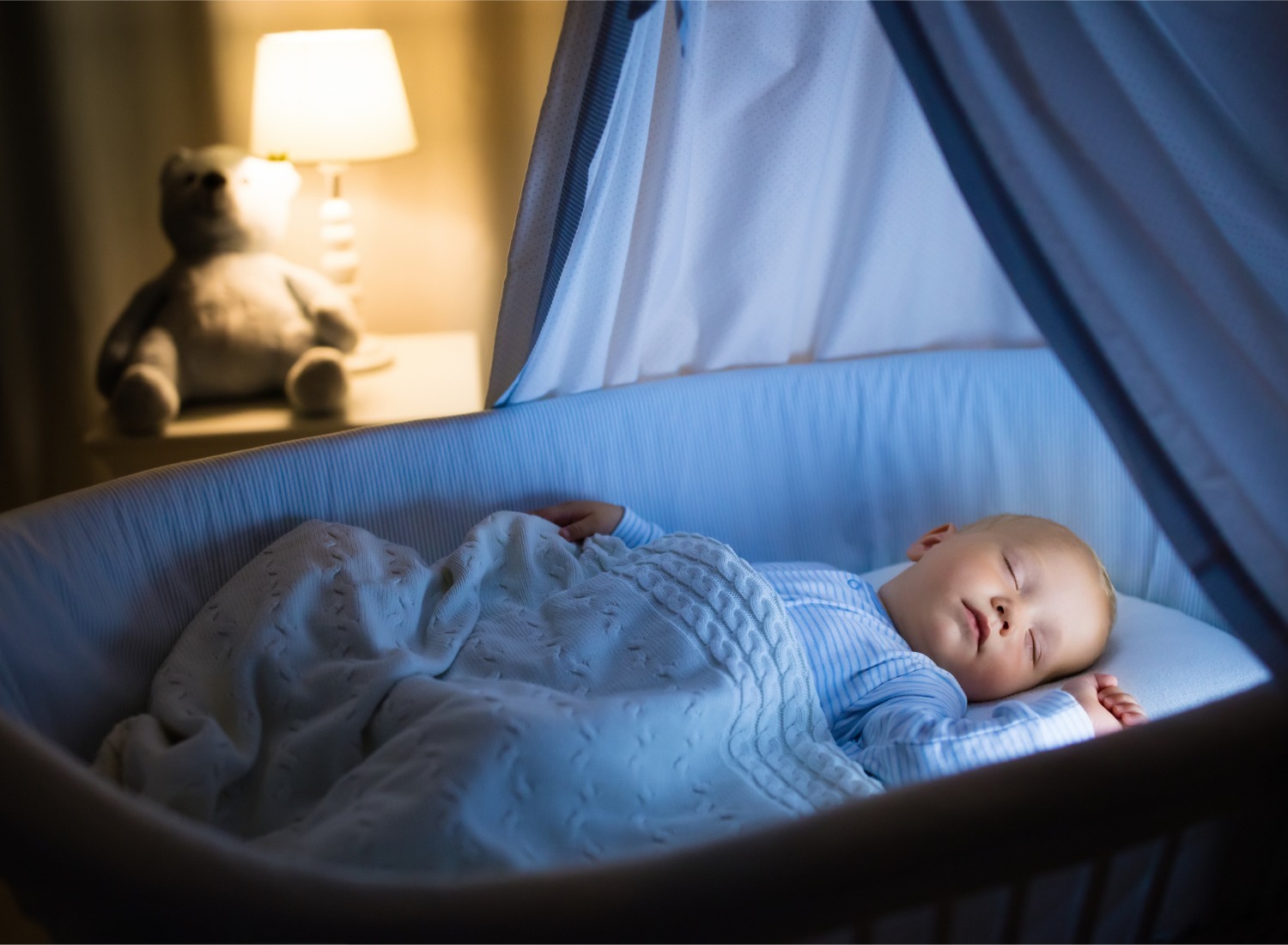Babies and Sleep: How To Get Newborns To Sleep in a Bassinet

Becoming a new parent is a joyous and transformative experience, but it also brings the challenges of ensuring that your precious newborn gets the rest they need. The quest for a good night’s sleep for both you and your baby can sometimes feel like an elusive dream. That’s where the trusty bassinet comes into play. In this blog, we’re delving into the vital role of bassinets in providing a secure and cozy sleeping space for your little one.
As new parents, you’re undoubtedly navigating a world of advice and suggestions. Here, we aim to offer practical insights into how to get your newborn to sleep soundly in their bassinet, drawing on the wisdom of safe sleep practices and the nurturing comfort your baby craves. Let’s explore the significance of bassinets and discover a range of strategies to make those precious hours of baby sleep feel like a dream come true.
The Significance of Bassinets
Bassinets, those small, cozy cribs tailored for newborns and infants, offer a safe haven that mimics the snug embrace of the womb. They serve as a secure sleeping environment and offer numerous benefits, making them a game-changer in your quest for better sleep.
First and foremost, bassinets enable your baby to slumber in close proximity to you, a crucial advantage during those nighttime feedings and monitoring sessions. This proximity simplifies your ability to promptly attend to your baby’s needs, fostering a sense of security.
Moreover, bassinets adhere to strict safety standards, effectively reducing the risk of Sudden Infant Death Syndrome (SIDS). Their compact size and shallow sides minimize the chances of your baby rolling over or getting tangled in bedding, assuring a peaceful slumber.
A bassinet’s small and cozy confines create an environment where your baby feels secure and comforted, facilitating deeper and more restful sleep. With these compelling reasons in mind, let’s explore some helpful tips for effectively getting your newborn to sleep in a bassinet.
Strategies for Successful Bassinet Sleeping
Choose the Right Bassinet
Selecting the right bassinet is crucial. Look for a bassinet that meets safety standards, is easy to clean, and has a firm mattress. Some bassinets come with features like rocking or swaying motions, which can help soothe your baby to sleep. Using a travel bassinet will keep babies snug while sleeping away from home.
Create a Consistent Bedtime Routine
Establishing a consistent bedtime routine is important for babies. This routine signals to your baby that it’s time to sleep. It can include bathing, gentle rocking, reading a bedtime story, and dimming the lights. A predictable routine can help your baby feel more relaxed and ready to sleep in the bassinet.
Swaddle Your Baby
Swaddling is the practice of wrapping your baby snugly in a blanket, mimicking the feeling of being in the womb. Swaddling can help your baby sleep more soundly and reduce the startle reflex. Make sure you swaddle your baby safely, ensuring their hips have room to move and that their head is uncovered.
White Noise
White noise machines or apps can be a lifesaver when it comes to helping your baby sleep. The gentle, consistent white noise can drown out other disturbances and create a soothing atmosphere for your baby.
Maintain the Right Temperature
Keep the room where the bassinet is located at a comfortable temperature. Newborns typically sleep best in a room that’s around 68-72 degrees Fahrenheit (20-22 degrees Celsius). Dress your baby in light, breathable layers to ensure they stay comfortable.
Use a Pacifier
Some babies find comfort in using a pacifier. Offer one to your baby when they’re having trouble settling down. However, don’t force it if your baby doesn’t seem interested, and avoid using it too early if you’re breastfeeding, as it can interfere with nursing.
Nighttime Feedings
Newborns need to be fed frequently, especially in the early weeks. To make nighttime feedings as smooth as possible, keep a small nightlight near the bassinet and have all the necessary supplies (diapers, wipes, bottles, etc.) within reach. This will help you minimize disturbances and keep the environment calm.
Safe Sleep Guidelines
Always adhere to safe sleep guidelines. Ensure the bassinet is free from loose bedding, stuffed animals, or other items that could pose a suffocation hazard. Your baby should sleep on their back, which is the safest position.
Be Patient
Getting your newborn to sleep in a bassinet may not happen overnight. It often takes time for both you and your baby to adjust to this new sleeping arrangement. Be patient and gentle in your approach, and remember that newborns have erratic sleep patterns.
Seek Support
Don’t hesitate to seek support and advice from experienced parents, healthcare professionals, or support groups. Every baby is unique, and what works for one may not work for another. Sharing experiences and seeking guidance can be invaluable.
Conclusion
Getting your newborn to sleep peacefully in a bassinet is a goal every parent aspires to achieve. It requires patience, a consistent routine, and attention to safety guidelines. Remember that every baby is different, and what works for one may not work for another.
The key is to find the right combination of strategies that soothe and comfort your baby, creating an environment conducive to restful sleep. Ultimately, a well-rested baby means a more peaceful night for everyone in the household, making those sleepless nights a little more manageable for new parents.